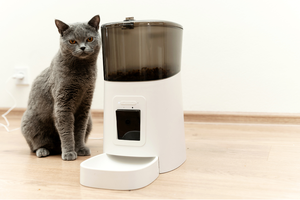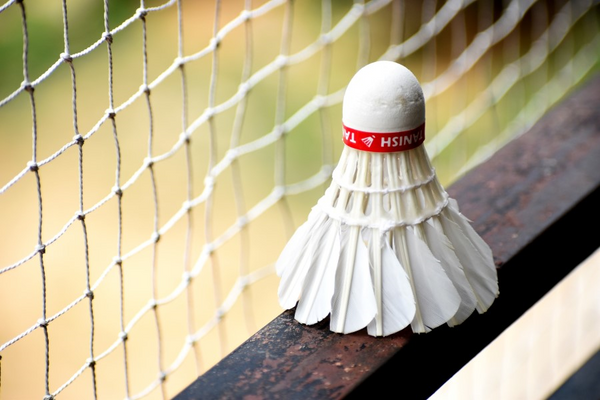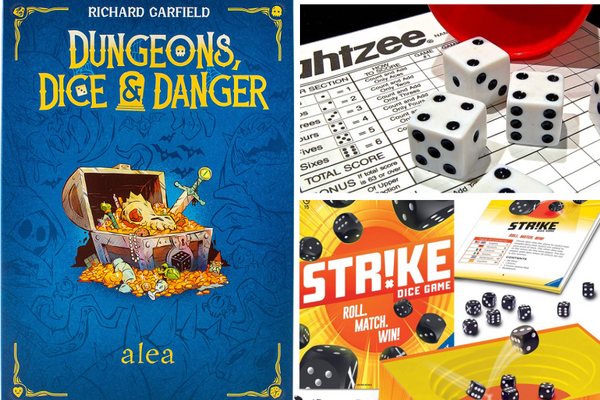Pickleball has surged in popularity, and whether you're a seasoned player or just starting, the right equipment can make a big difference in your game. Before you rush out to purchase a new paddle, it's crucial to understand the nuances that can enhance or hinder your performance. This comprehensive guide will walk you through everything you need to consider to find the best pickleball paddle for your playing style.
Key Takeaways:
- Understand the differences between pickleball paddle shapes and materials to choose the best fit for your game.
- Learn how paddle weight, grip size, and sweet spot can affect your control and power on the court.
- Discover how to match a paddle to your skill level and playing style for optimal performance.
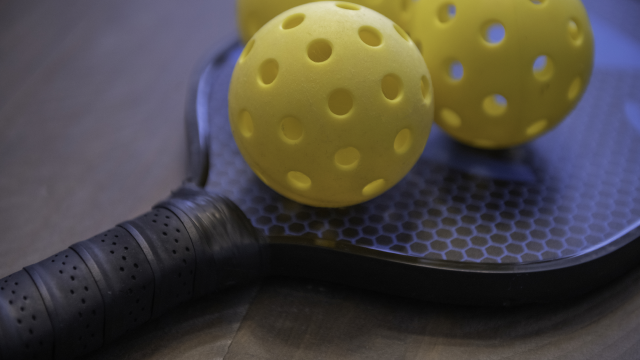
Material Matters: Wood, Graphite, or Composite?
When it comes to pickleball paddles, the material can significantly impact your game. Wood paddles are the most traditional and generally the heaviest paddles. They're durable and cost-effective, making them a great option for beginners or schools. However, wooden paddles often lack the nuanced performance features of other paddles.
Graphite pickleball paddles are known for their lightweight and stiff nature, allowing skilled players to generate power and speed. The graphite surface also provides excellent feedback and a crisp feel, which can enhance spin potential. Composite pickleball paddles, made from a blend of materials, offer a versatile option with a variety of surface textures that can influence ball control and spin. One other option you may with to consider are high quality, durable, and lightweight carbon fiber pickleball paddles.
Weight: Light or Heavy Paddles?
The weight of your pickleball paddle can make a significant difference in your game. Heavy paddles can generate more power but may lead to fatigue over time. They're often chosen by players who have a slower swing but want to ensure their shots have impact.
Light paddles, conversely, allow for quick hand speed and are easier on the arm, offering more control and finesse. They're typically preferred by players who rely on quick reflexes and a fast game. It's essential to find a balance that complements your playing style without causing undue strain.
Grip Size and Comfort
Grip size is another critical factor to consider when selecting a new paddle. A grip that's too large can be difficult to hold and may reduce wrist action, while a grip that's too small can lead to slippage and lack of control. Most paddles come with a standard handle length, but there are options with longer handles for players who prefer a two-handed backhand or simply want extra reach.
To find the right grip size, measure from the middle crease of your palm to the tip of your ring finger. This measurement typically correlates with the appropriate grip circumference for your hand. Remember, you can always add an overgrip (a thin, soft layer of material that is wrapped around the existing grip)to increase the size slightly if needed.
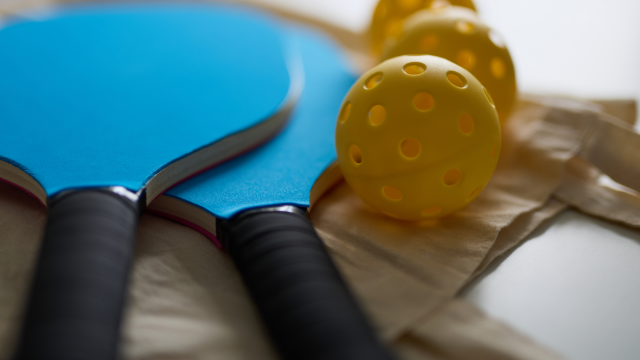
Paddle Shape Dynamics: Elongated vs. Widebody
Pickleball paddle shapes vary, and each design caters to different playing styles and preferences. Standard shaped paddles are a great starting point for beginners due to their balanced blend of control and power. On the other hand, elongated paddles offer extra reach and a larger sweet spot, making them a favorite among advanced players who value added reach and spin potential.
Widebody pickleball paddles are another popular choice, especially for players seeking a forgiving paddle face with a generous sweet spot. The wide paddle shape allows for more control and a better chance to hit the ball squarely, even during fast-paced games. However, the trade-off is a shorter handle, which might affect grip comfort for some players.
When considering a pickleball paddle shape, players often weigh the benefits of an elongated pickleball paddles against widebody designs. It never hurts to experiment with several styles to find the one that best fits your style.
Handle Length: Finding Your Match
The length of a pickleball paddle's handle can have a profound effect on your playing style and comfort. Long handles are favored by players who come from a tennis background, as they accommodate a two-handed stroke more naturally. They also provide extra leverage for serves and two-handed swings, which can be a significant advantage for players looking to add power to their game. However, the trade-off with long handles is that they can shift the balance of the paddle, potentially making it feel top-heavy.
Conversely, paddles with short handles may appeal to players who prefer a lighter paddle or who have a background in table tennis. Short handles allow for quick wrist action, offering enhanced control and maneuverability at the net. They also contribute to a more balanced paddle, which can improve the overall feel during play.
USA Pickleball, the national governing body for the sport, provides guidelines on handle lengths, but within those limits you still have significant flexibility. Try a few paddles to see which ones best meet your comfort needs and playing style.
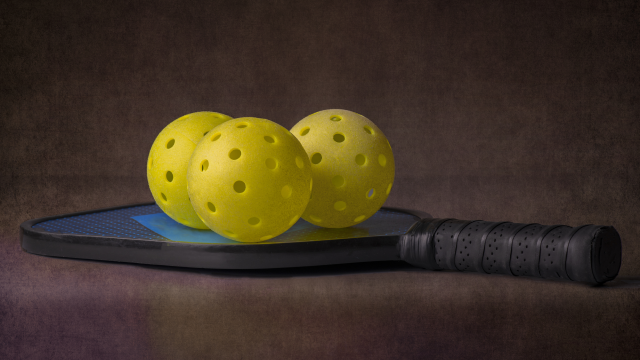
Sweet Spot: Size and Location
The sweet spot on a pickleball paddle is the area where you'll get the most power and control when you hit the ball. A larger sweet spot is generally more forgiving, making widebody pickleball paddles with their generous sweet spot a great option for beginners or those who want more effortless play.
Note that some advanced paddles may have a narrower sweet spot, but they compensate with other features like elongated shapes or different paddle shapes that offer a more specialized play style. The location of the sweet spot can also vary, with some paddles designed to have it higher up on the paddle face for players who like to play at the net.
Skill Level and Paddle Selection
Your skill level should guide your paddle choice. Beginners might benefit from a standard paddle with a balanced blend of control and power, while advanced players might look for an advanced paddle with specific features: for example some might prefer using elongated paddles for extended reach or heavy paddles for more power.
It's important to consider how a paddle complements your skill level. A paddle that's too advanced might hinder your progress, while one that's not advanced enough might limit your growth in the sport.
Playing Style: Power vs. Control
Your playing style is perhaps the most crucial factor in choosing the right paddle. If you're a power player who likes to dominate the game with force, you'll want a paddle that can generate power. Look for heavy paddles with a wide body and a large sweet spot to enhance your strikes.
Conversely, if you're a player who prioritizes control and finesse, you'll want a paddle that offers more control. A lighter paddle with a standard shape and a balanced sweet spot can help you place your shots with precision.
Enhancing Your Game with the Right Paddle
Choosing the right pickleball paddle can significantly enhance your game. Consider the different shapes, materials, weights, and grips to find a paddle that feels like an extension of your arm. Remember, the best pickleball paddle is the one that complements your skill level, playing style, and personal preferences.
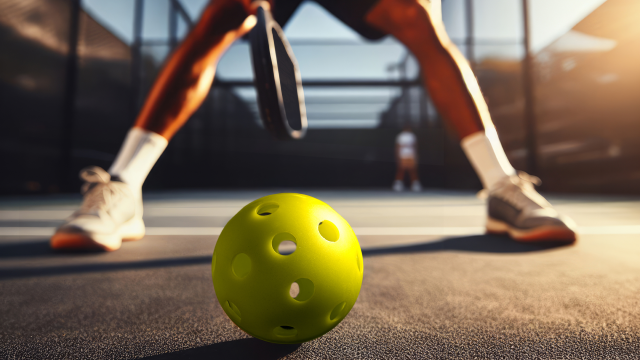
Summary
Selecting the perfect pickleball paddle is a personal journey that should be taken seriously. By understanding the differences in paddle shapes, materials, weights, and grips, you can make an informed decision that will positively impact your game. Whether you're a beginner or an advanced player, the right paddle can provide the extra reach, control, or power you need to excel on the court.
Ace Your Game: Essential Pickleball Paddle FAQs
How do I know if I should choose a heavy or light pickleball paddle?
Consider your playing style and physical strength. Heavy paddles offer more power but can be tiring, while light paddles provide more control and are easier on the arm. Try different weights to see what feels comfortable and complements your game.
What's the difference between wood, graphite, and composite paddles?
Wood paddles are durable and affordable but heavier and less nuanced. Graphite paddles are lightweight and offer a stiff, powerful hit with good feedback. Composite paddles are versatile, with various textures that can affect ball control and spin.
We have provided bookmarks at the end of this article where you can find additional information about these materials as well as specific product recommendations.
Can the shape of the paddle really affect my game?
Absolutely. Different paddle shapes offer various benefits, such as elongated paddles for extended reach and larger sweet spots, or widebody paddles for a forgiving hitting surface. Choose a shape that aligns with your playing style and goals on the court.
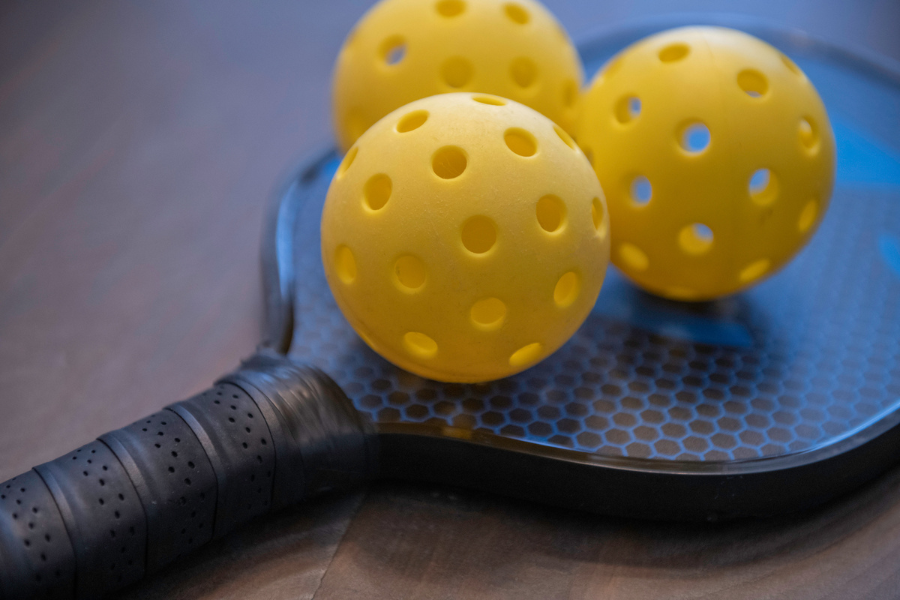
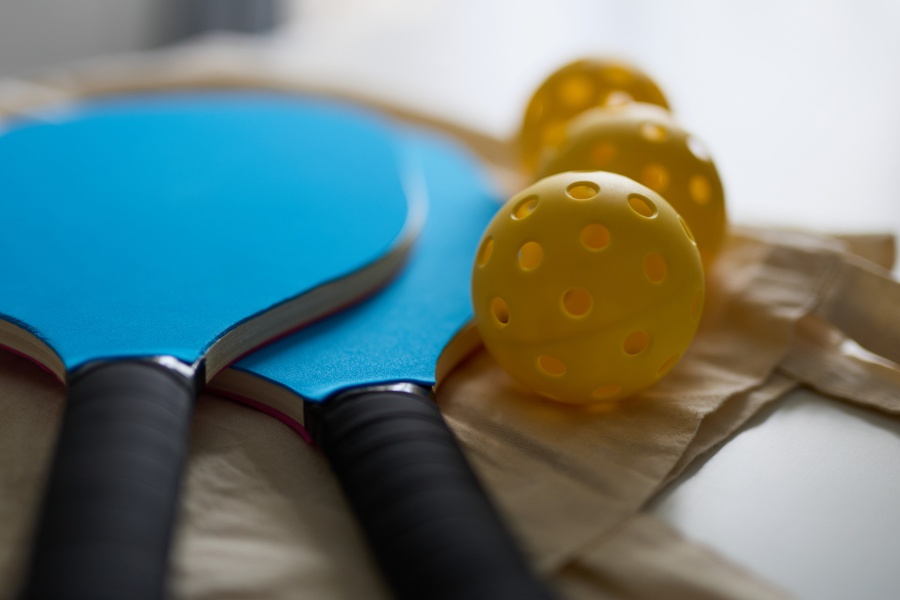
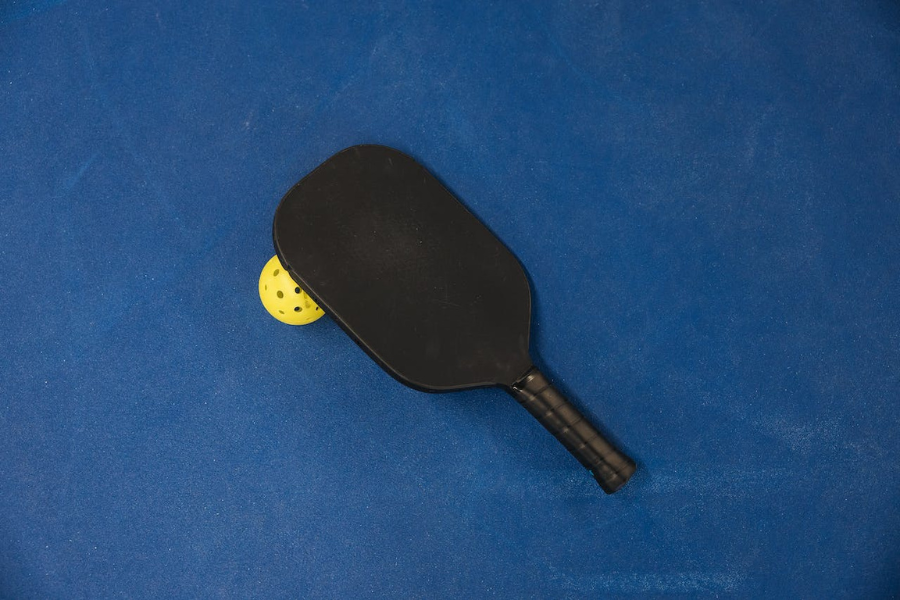
Peter Piper's Picks participates in Amazon Associates and other affiliate programs. We may earn commissions from purchases made by following links from our website. There is never any additional cost to you.


